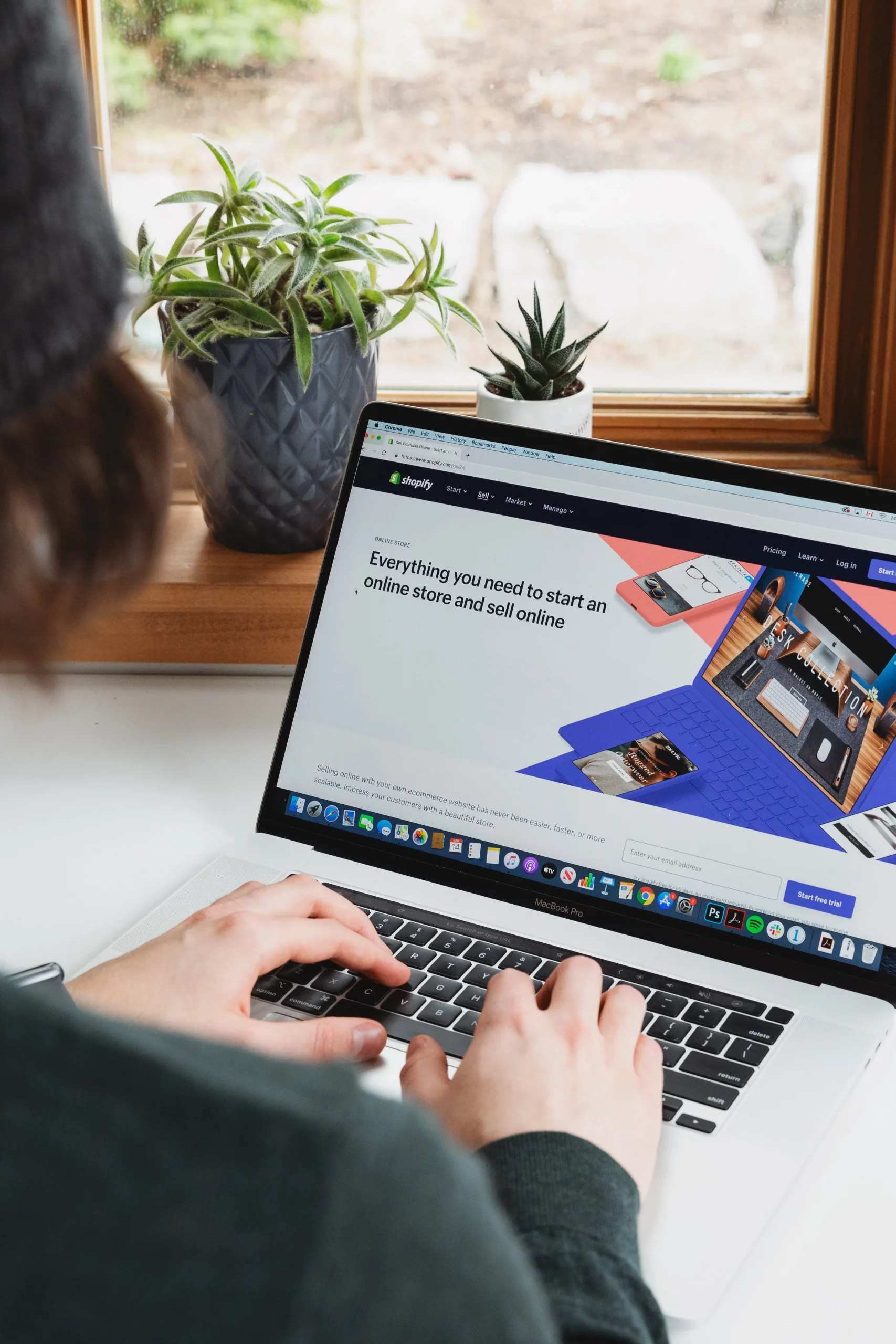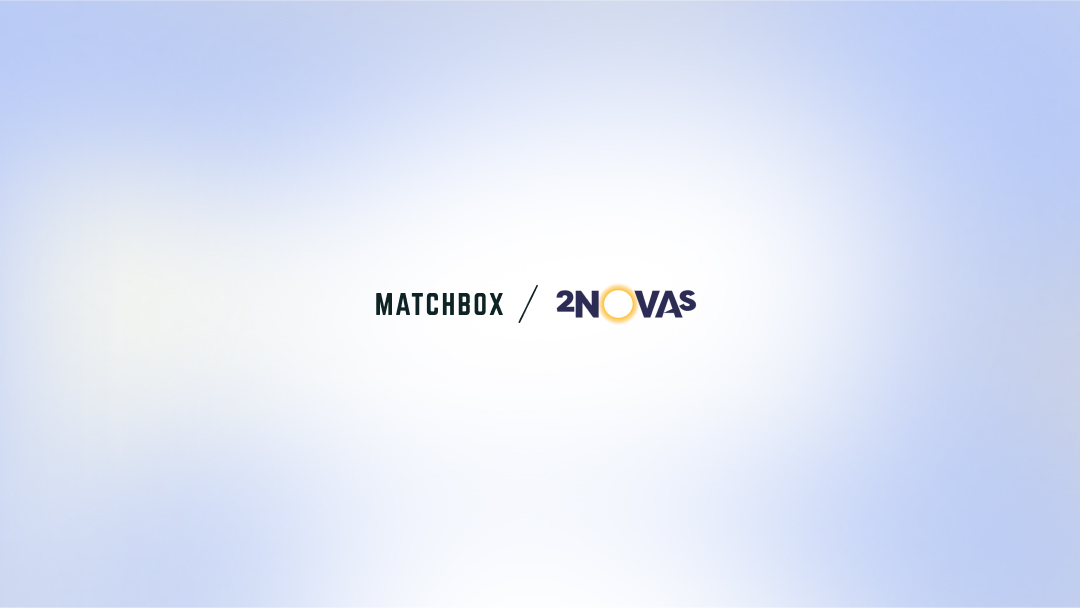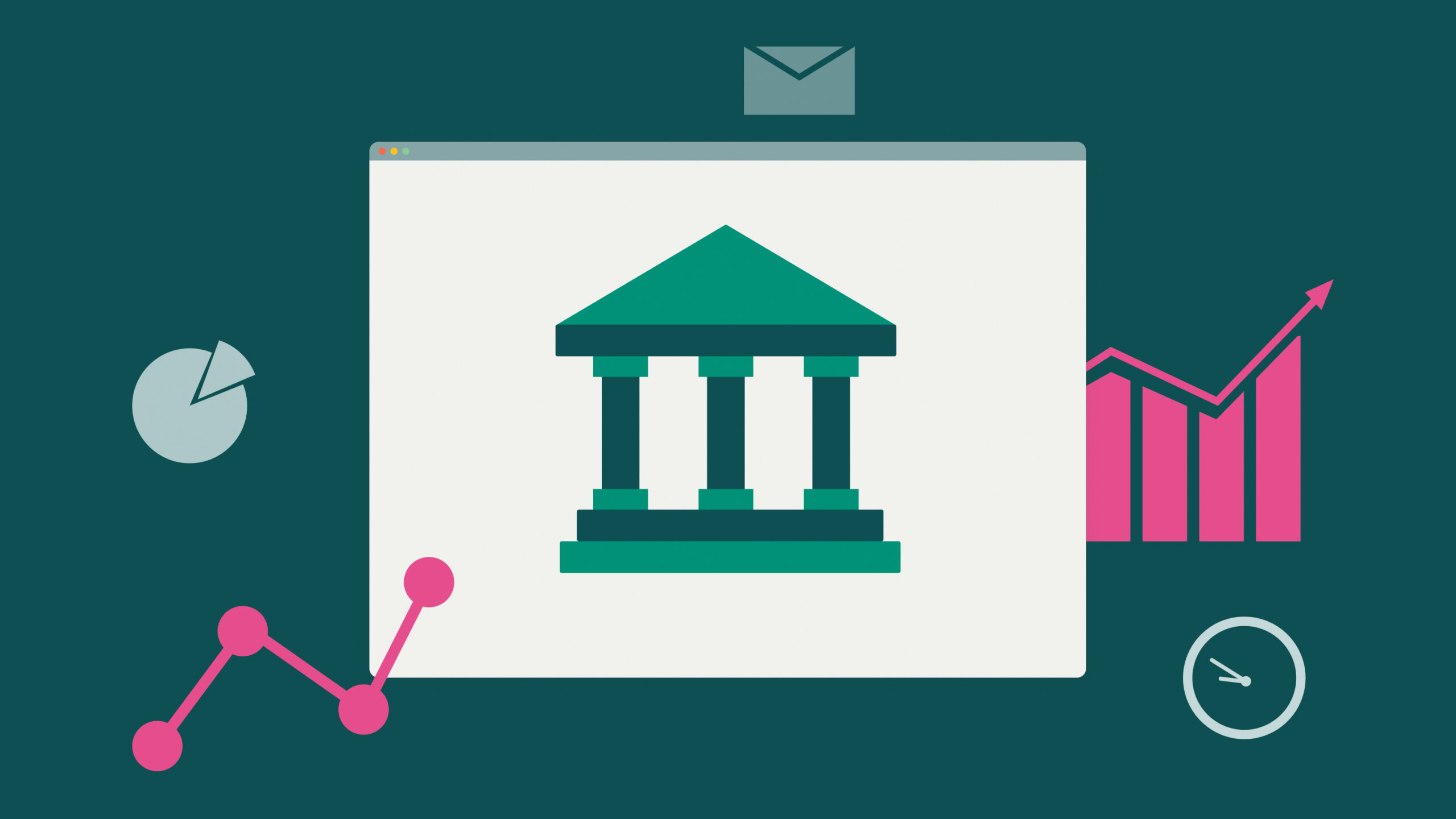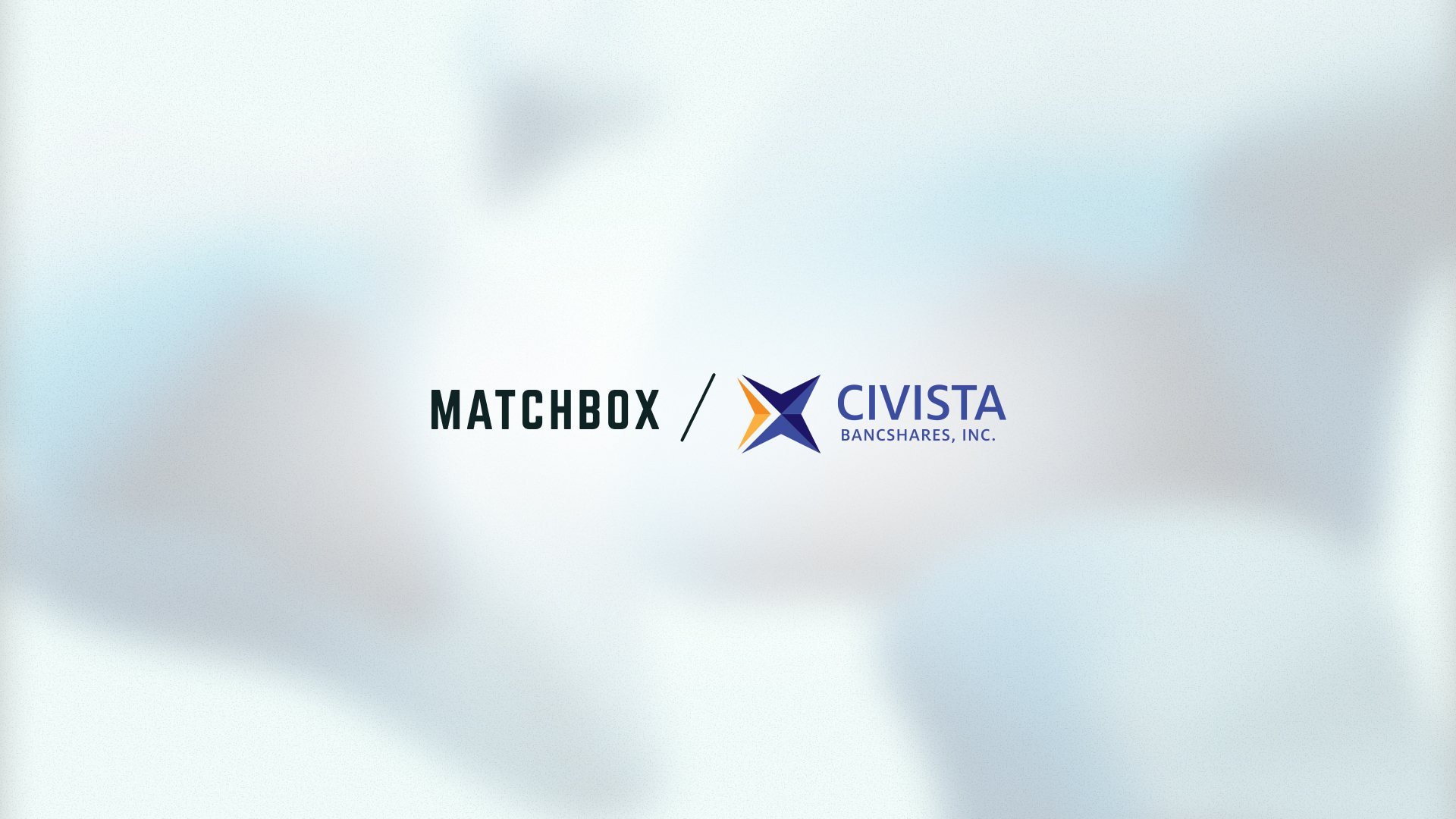Estimated reading time: 14 minutes
In the fast-paced realm of e-commerce, businesses are continually seeking innovative solutions to stay ahead in the competitive market. One such trailblazer is Shopify, a leading e-commerce platform that has empowered countless entrepreneurs to establish and grow their online stores seamlessly. With a user-friendly interface and a robust set of features, Shopify has become a go-to choice for businesses of all sizes.
Shopify, founded in 2006, has emerged as a powerhouse in the e-commerce space. Known for its simplicity, scalability, and versatility, Shopify caters to a diverse range of businesses – from startups venturing into online sales to established enterprises seeking efficient and effective e-commerce solutions.
In the ever-evolving landscape of online commerce, adaptability is key. Enter Shopify 2.0 – an enhanced version poised to take e-commerce to new heights. Building upon the success of its predecessor, Shopify 2.0 is designed to address the changing needs of businesses in a dynamic marketplace. In this blog post, we’ll delve into the evolution of Shopify, the imperative for version 2.0, and what businesses can anticipate from this upgraded platform.
Related Links
Understanding Shopify

As businesses navigate the digital marketplace, the choice of an e-commerce platform plays a pivotal role in determining their online success. Shopify, in its current iteration, has proven to be a reliable and versatile ally for merchants worldwide.
Overview Of Shopify’s Current Features And Capabilities
Shopify is renowned for its user-friendly interface that allows businesses to set up online stores with minimal hassle. From customizable templates to a secure payment gateway, the platform offers a comprehensive suite of tools. Inventory management, order processing, and seamless integration with third-party apps contribute to the platform’s appeal.
Success Stories And Case Studies Of Businesses Using Shopify
Real-world success stories echo the effectiveness of Shopify. Numerous businesses, ranging from boutique shops to global enterprises, have flourished by leveraging Shopify’s capabilities. Whether it’s the ease of use, scalability, or the ability to adapt to changing market trends, Shopify has proven to be a reliable partner for businesses across industries.
Market Positioning Of Shopify In The E-commerce Landscape
In the vast landscape of e-commerce platforms, Shopify has solidified its position as a market leader. Its commitment to innovation, user-centric design, and a robust ecosystem of apps and themes set it apart. The platform’s focus on providing a seamless experience for both merchants and customers positions it as an attractive solution in an ever-expanding digital marketplace.
What Is Shopify 2.0?
In the ever-evolving world of e-commerce, staying ahead of the curve is imperative. Recognizing the shifting landscape and the evolving needs of businesses, Shopify has introduced an enhanced and forward-looking version – Shopify 2.0. But what exactly does Shopify 2.0 bring to the table?
Changing Trends in E-commerce and Online Shopping
The e-commerce landscape is a dynamic ecosystem, with consumer behaviors and expectations continually evolving. Shopify 2.0 is a strategic response to these changes, aligning itself with emerging trends to provide businesses with the tools they need to thrive in an increasingly competitive environment. From the rise of mobile commerce to the demand for immersive shopping experiences, Shopify 2.0 is tailored to meet the challenges of the modern digital marketplace.
Evolving Customer Expectations and Demands
Customers today expect more than just a transactional experience. They seek seamless navigation, personalized interactions, and visually engaging storefronts. Shopify 2.0 addresses these evolving expectations by introducing features that enhance user experience, making online shopping not only convenient but also enjoyable. From intuitive website customization to streamlined navigation, Shopify 2.0 is designed with the customer in mind.
Competitive Analysis of Other E-commerce Platforms
In a competitive landscape populated by various e-commerce platforms, staying competitive requires constant innovation. Shopify 2.0 positions itself as a leader in this race, not merely by keeping pace with competitors but by setting new standards. Through a thorough analysis of market dynamics and user feedback, Shopify has crafted an upgraded version that not only meets but exceeds the expectations set by other e-commerce platforms.
What To Expect From Shopify 2.0

Embarking on a new era of e-commerce innovation, Shopify 2.0 introduces a suite of enhancements tailored to meet the ever-evolving demands of online merchants. As businesses gear up for this transformative upgrade, let’s explore the key features that define Shopify 2.0 and set it apart in the competitive digital landscape.
Shopify 1.0 Vs. 2.0
| Feature | Shopify 2.0 | Shopify 1.0 |
| Enhanced User Interface | Yes | No |
| Improved Customization Tools | Advanced | Basic |
| Cutting-edge Technologies Integration | AI, AR, VR | Limited |
| Expanded Payment Options | Yes | Limited |
| Security Measures | Enhanced | Standard |
| SEO and Marketing Tools | Advanced | Basic |
| Scalability and Flexibility | Versatile | Standard |
Enhanced User Interface And User Experience
- Improved Website Customization Tools: Central to Shopify 2.0 is an elevated focus on customization, granting merchants a myriad of tools to craft a distinctive online storefront. From layout precision to brand-aligned color schemes, businesses can now curate a visually captivating and uniquely tailored shopping experience.
- Streamlined Navigation and Accessibility: User experience takes center stage with Shopify 2.0, emphasizing seamless navigation for customers exploring the online store. Furthermore, accessibility features have been strengthened, ensuring an inclusive and user-friendly shopping experience that resonates with a diverse audience.
Advanced Features And Functionalities
- Integration of Cutting-edge Technologies (AI, AR, VR): Going beyond a mere upgrade, Shopify 2.0 propels businesses into the future by seamlessly integrating cutting-edge technologies. From Artificial Intelligence (AI) for personalized recommendations to Augmented Reality (AR) and Virtual Reality (VR) for immersive experiences, this version redefines the boundaries of online retail.
- Expanded Payment Options and Security Measures: Responding to the global market’s diversity, Shopify 2.0 broadens payment choices to align with varied customer preferences. Simultaneously, a reinforced emphasis on security measures ensures that transactions are conducted with the utmost safety and trust.
- SEO and Marketing Tools for Increased Visibility: In the dynamic digital marketplace, visibility is paramount. Shopify 2.0 recognizes this necessity, providing businesses with advanced SEO and marketing tools. From optimizing product pages for search engines to executing targeted campaigns, merchants gain the means to drive traffic and boost conversions.
Scalability And Flexibility
- Catering to Small Businesses to Enterprise-level Operations: Versatility is a hallmark of Shopify 2.0, accommodating businesses of all sizes. Whether a startup on the rise or an established enterprise, the platform’s scalability ensures that it evolves alongside the business, offering essential resources and support to handle increasing demands.
- Applicability Across Various Industries: Breaking free from industry constraints, Shopify 2.0 stands as a versatile solution adaptable to the unique needs of diverse sectors. From fashion to electronics, the platform’s flexibility empowers businesses across various industries to harness its capabilities and expand their online presence.
Benefits Of Shopify 2.0 For Merchants
In e-commerce, success hinges on not just meeting but exceeding customer expectations. Shopify 2.0 emerges as a pivotal ally for merchants, offering a suite of benefits that go beyond mere transactions, fostering sustainable growth and customer loyalty.
Increased Conversion Rates And Sales
At the heart of every online business lies the pursuit of increased conversion rates and sales. Shopify 2.0 addresses this core objective by providing merchants with a platform optimized for higher conversions. The enhanced user interface, coupled with streamlined navigation, ensures that potential customers can effortlessly traverse the online store, resulting in a more seamless and compelling shopping experience. As businesses transition, they can anticipate a tangible uptick in conversion rates and, consequently, accelerated sales.
Improved Customer Retention And Loyalty
Customer loyalty is the lifeblood of any successful business, and Shopify 2.0 recognizes this by introducing features designed to foster long-term relationships. The platform goes beyond transactional interactions, offering businesses tools to personalize customer experiences, from tailored recommendations based on past purchases to loyalty programs that incentivize repeat business. By prioritizing customer retention, Shopify 2.0 transforms one-time buyers into loyal advocates, contributing to sustained growth and market presence.
Time and Cost Efficiency For Businesses
In the competitive landscape of e-commerce, time and cost efficiency are critical factors that can determine the success of a business. Shopify 2.0 streamlines operations, enabling businesses to save both time and resources. The enhanced customization tools reduce the time spent on configuring and updating the online store, allowing merchants to focus on core business activities. Additionally, the platform’s efficiency translates into cost savings, providing businesses with a robust yet cost-effective solution for their e-commerce needs.
How To Update To Shopify 2.0
As the excitement builds around the transformative features of Shopify 2.0, existing users are keen to unlock the potential of this upgraded version. Navigating the upgrade process seamlessly is crucial, and Shopify ensures a user-friendly transition with a structured approach and comprehensive support.
Migration Process For Existing Shopify Users
Upgrading from the current version to Shopify 2.0 is designed to be a straightforward process, ensuring minimal disruption to your existing online operations. Shopify has streamlined the migration process, allowing users to carry over their existing data, product information, and configurations seamlessly. The transition involves intuitive steps within the platform, making it accessible even for users with varying levels of technical expertise. Whether you’re a small business or an enterprise-level operation, the migration process is tailored to accommodate diverse needs.
Training And Resources Provided By Shopify
Understanding that a successful transition goes hand-in-hand with user knowledge, Shopify offers robust training and resource materials. From video tutorials to comprehensive guides, merchants are equipped with the necessary insights to maximize the benefits of Shopify 2.0. The platform’s commitment to user education ensures that businesses can harness the full potential of the upgraded features, enhancing their online presence effectively.
Potential Challenges And Solutions During The Upgrade
While migration is designed to be seamless, challenges may arise during the upgrade process. Common issues could include compatibility concerns with third-party apps or theme adjustments. To address these challenges, Shopify provides a dedicated support system and a community forum where users can seek guidance. The platform’s responsive support team and the active community ensure that potential hiccups are swiftly addressed, allowing businesses to navigate the upgrade with confidence.
Navigating the transition to Shopify 2.0 is not just a technical process; it’s an opportunity for businesses to elevate their online presence. With a user-friendly migration process, comprehensive training resources, and responsive support, Shopify ensures that merchants can seamlessly embrace the enhanced features of Shopify 2.0.
What Are Metafields In Shopify 2.0?
Metafields are customizable pieces of information that can be added to your products, variants, collections, customers, and more. They provide a way to store additional data beyond the default fields offered by Shopify. Whether you want to add extra product details, create custom sorting options, or display unique information on your storefront, metafields are the key to unlocking a new level of customization.
How To Add Meta Fields In Shopify 2.0
1. Navigate to your Shopify Admin
Log in to your Shopify admin and go to the “Settings” section. From there, select “Custom data” under the “Customization” tab.
2. Choose the Object Type
Decide where you want to add the metafield—whether it’s a product, variant, collection, or another object type. Each type of object has its own set of characteristics, so choose the one that aligns with your customization goals.
3. Create a Metafield Definition
Within the chosen object type, click on “Create definition” to start defining your metafield. Give it a name, specify the type of data it will store (text, number, or date), and set any additional parameters such as character limits or default values.
4. Assign the Metafield to an Object
After creating the metafield definition, it’s time to assign it to a specific object. Navigate to the object (e.g., a product) to which you want to add the metafield. Scroll down to the “Custom data” section, click “Add definition,” and choose the metafield you created.
5. Populate the Metafield
With the metafield added to your object, you can now populate it with the relevant data. Fill in the information according to your needs, and save the changes.
6. Customize Your Theme
To showcase the newly added metafields on your storefront, you’ll need to customize your theme. Edit the Liquid template files associated with the relevant sections, and use the Liquid syntax to display the metafield data where you want it to appear.
Case Study: Transforming Sweetie Pie Organics with Shopify 2.0
Empowering Motherhood with Innovative Food Solutions
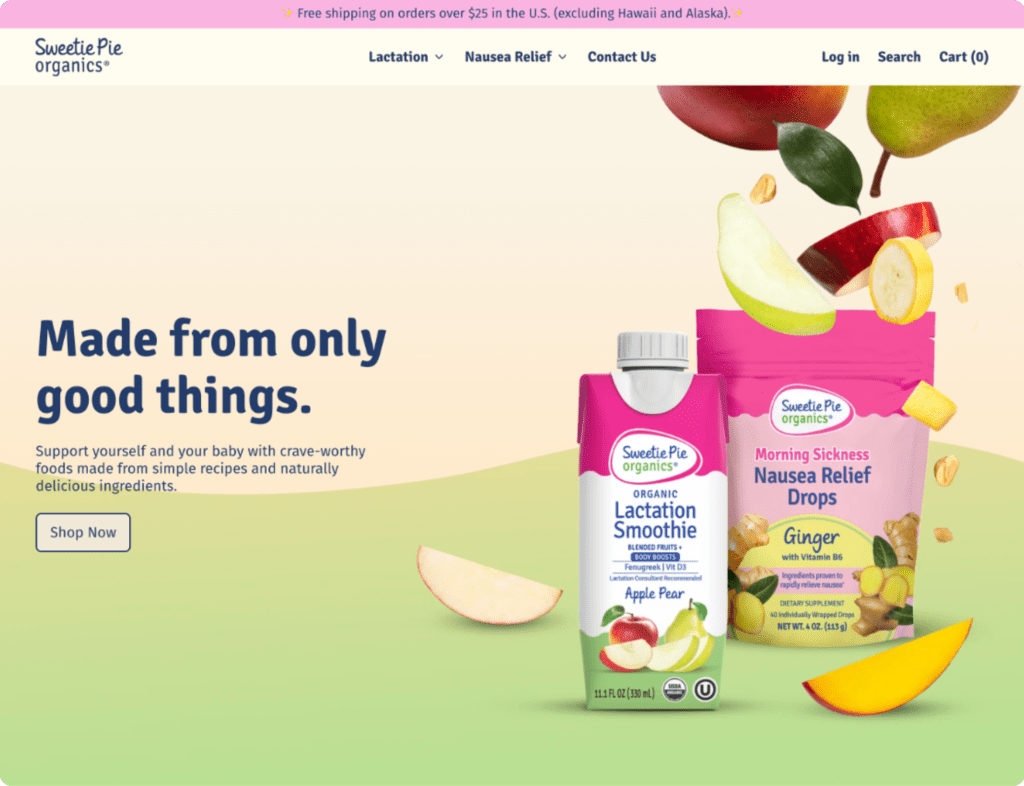
Sweetie Pie Organics, dedicated to providing innovative food solutions for expecting and breastfeeding mothers, partnered with Matchbox Design Group for a brand revamp. Leveraging the capabilities of Shopify 2.0, the team seamlessly integrated custom structures and designs, resulting in a vibrant and user-friendly website.
Key Contributions:
- Shopify 2.0 Integration: Utilized the advanced features of Shopify 2.0 to enhance the visual appeal and user experience.
- Customization with Playful Touch: Introduced custom illustrated icons for a distinctive, hand-drawn charm across the site.
- Striking the Perfect Balance: Crafted product pages on Shopify 2.0 that combine essential information with captivating visuals and compelling messaging.
Results:
The collaborative effort not only revitalized the brand but set the stage for future growth. Shopify 2.0’s features and customization options empowered the transformation, ensuring Sweetie Pie Organics stands out in the competitive food and beverage eCommerce industry.
Shopify 2.0: Key Takeaways
As we take a look at the evolution and enhancements brought forth by Shopify 2.0, several key takeaways encapsulate the essence of this transformative e-commerce platform.
- Adaptability for Growth: Shopify 2.0 is not just an upgrade; it’s a strategic response to changing e-commerce trends. Its adaptability caters to businesses of all sizes, from startups seeking a user-friendly entry point to enterprises requiring scalable solutions.
- Enhanced User Experience: The focus on an improved user interface and streamlined navigation underscores Shopify 2.0’s commitment to an unparalleled user experience. Merchants can expect increased conversions and customer satisfaction through a visually appealing and accessible online store.
- Integration of Cutting-edge Technologies: By incorporating AI, AR, and VR, Shopify 2.0 propels businesses into the future of e-commerce. From personalized shopping experiences to interactive features, the platform embraces innovation for a competitive edge.
- Holistic Benefits for Merchants: Beyond boosting conversion rates and sales, the platform prioritizes customer retention and loyalty. The platform’s time and cost efficiency empower businesses to focus on growth while providing a solid foundation for sustained success.
- Seamless Transition for Existing Users: Upgrading is a user-friendly process, supported by comprehensive training resources and responsive customer support. Existing Shopify users can smoothly migrate, ensuring a seamless transition to the enhanced features of the new version.
- Real-world Success Stories: The impact of Shopify 2.0 goes beyond theory, as evidenced by thriving businesses that have embraced the upgrade. These success stories provide tangible insights into the platform’s effectiveness in diverse industries.
Shopify 2.0 represents more than an advancement in e-commerce technology; it’s a catalyst for businesses aiming to thrive in a dynamic digital landscape. Whether you’re a seasoned entrepreneur or embarking on your e-commerce journey, Shopify 2.0 offers a comprehensive solution designed to elevate your online presence and drive sustainable growth. Explore the possibilities, embrace innovation, and position your business at the forefront of the ever-evolving e-commerce landscape with Shopify 2.0.
Contact Matchbox Design Group Today!
If your website could use a refresh, if you’re looking to drive more traffic to your site, or you would like to submit a guest post, fill out the form below and we’ll contact you to learn more about your digital needs.
What Is Shopify 2.0? FAQ
Q: Is Shopify 2.0 the same as Shopify Plus?
A: No, Shopify 2.0 and Shopify Plus are distinct offerings. Shopify 2.0 is the latest version of the core Shopify platform, introducing enhanced features and capabilities. On the other hand, Shopify Plus is a premium enterprise-level version with additional advanced functionalities tailored for larger businesses with high-volume sales.
Q: When did Shopify 2.0 come out?
A: Shopify 2.0 was officially launched in June 2021, marking a significant milestone in the evolution of the Shopify e-commerce platform.
Q: What is the difference between Shopify 2.0 and vintage?
A: “Vintage” typically refers to a style or aesthetic and is not directly related to the Shopify platform. Shopify 2.0 represents the latest version of the e-commerce platform, offering updated features and improved user experiences.
Q: Is Shopify 2.0 better for SEO?
A: Yes, Shopify 2.0 comes with advanced SEO and marketing tools, contributing to increased visibility for your online store. Enhanced features allow for better optimization of product pages and improved search engine rankings.
Q: What version of Shopify am I using?
A: To identify your Shopify version, log in to your admin panel, and navigate to “Settings.” Scroll down to the bottom of the page, and in the footer, you’ll find the version number. If you’re using Shopify 2.0, it will be indicated there.
Q: Are Shopify 2.0 themes faster?
A: Yes, Shopify 2.0 themes are designed with a focus on improved performance and speed. The upgraded infrastructure allows for quicker loading times, providing a more seamless and efficient experience for both merchants and customers.
